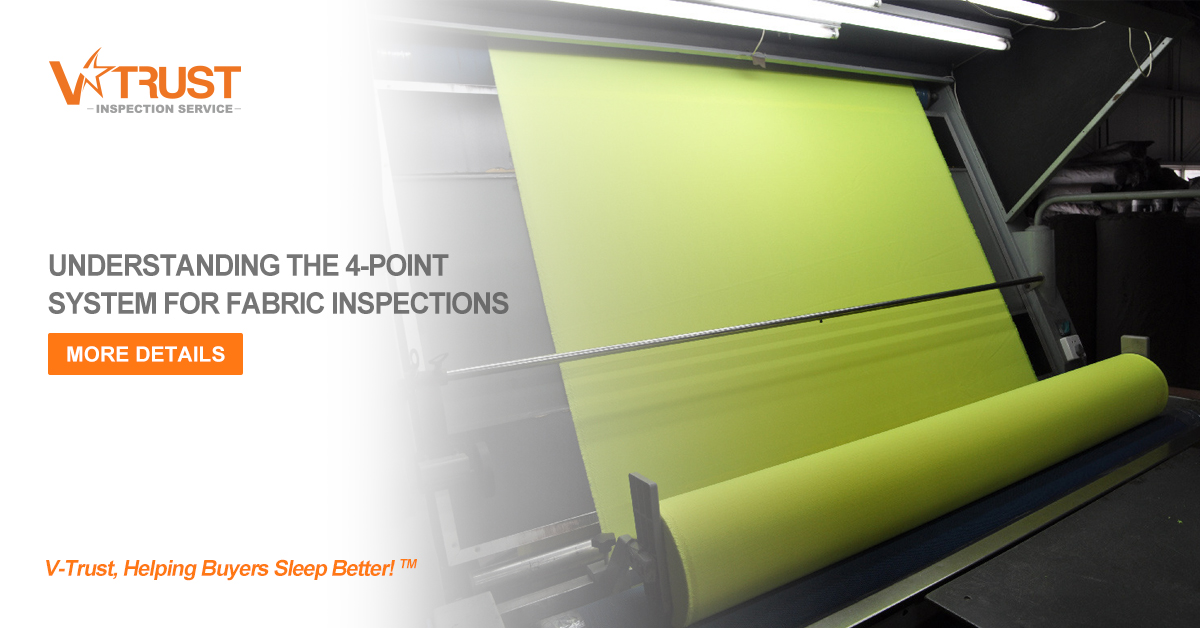Fabric inspection is an essential QC assessment which can be used to minimize the chances that fabric problems will only be detected on finished products. it is recommended that fabric inspections must be performed with fabric inspection machines prior to spreading the fabric for improved defect visibility and ensure that only passed fabrics will end up on the garment’s production lines.
The 4-Point System
The 4-Point System, a standard under ASTM D5430 – 07(2011) that specifies a method for establishing a numerical classification for grading fabrics from a visual inspection, is the most commonly used fabric inspection system in the garment industry. It may be used for the supply and adoption of fabrics with criteria and tolerance agreed previously between buyers and sellers.
This scheme does not assign a quality level to a product; instead, it assigns demerit point scores to defects to define them according to their seriousness levels. This method can rate any form of fabrics, whether it's grey or finished.
How the 4-Point System Works
Owing to the scale, consistency, and importance of the defect, the 4-Point System assigns penalty points from 1 to 4. A single flaw may be granted no more than 4 penalty points. Since the system is the same for all directions, a defect may be assessed in either the length or width direction. Only major defects are taken into consideration while minor defects are not penalized.

The total defect points are calculated for 100 square yards of fabric, and then based on the company’s predefined acceptance criteria, the fabric roll is graded.
For example, assuming that after inspection of fabric roll of size 120 yards and width 45 inches, the following defects were found:

Total defect points per 100 square yard of fabric = (Total defect points in the roll x 36 inches per yard x 100 yards) / (Fabric width in inch x fabric length in yards)
= (22 x 36 x 100) / (45 x 120) = 14.66 defect points per 100 square yards.
Acceptable Level
Some factories establish that up to 40 points per 100 square yards is acceptable, however, in the apparel and textile industry, apparel brands and buyers set their own standards for acceptable points.
V-Trust conducts plenty of inspections for textiles and fabrics, as well as for garments and footwear in China, India, Vietnam, Malaysia, Thailand and Bangladesh. Full-time inspectors guarantee reliable professional inspection for your products while conducting specific on-site tests to ensure the long-term quality of the goods and ultimately your reputation.
For a sample report on the fabric inspection, please feel free to contact us at info@v-trust.com




Discussion